Africa’s fashion heritage is as diverse and vibrant as its people—and few items capture that beauty better than the traditional head wrap. Worn for centuries across different regions, these wraps are more than stylish accessories; they are powerful symbols of identity, status, spirituality, and heritage. From everyday elegance to ceremonial grandeur, each head wrap carries meaning through its fabric, color, and the way it’s tied. Here are 15 of the most popular African head wraps, celebrating the rich traditions and cultural pride woven into each fold.
1. Gele – Nigeria
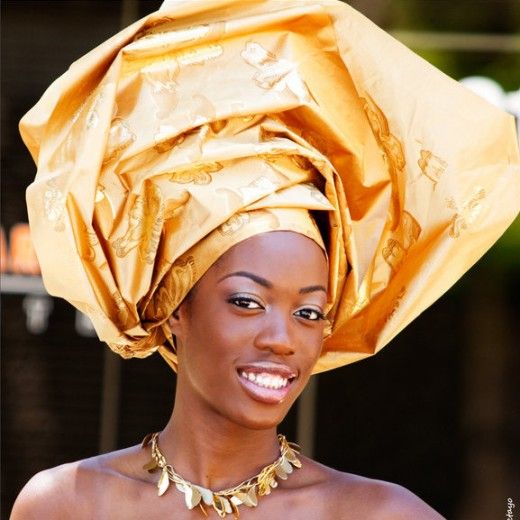
The Gele is a striking and elaborate head wrap most commonly worn by women in Nigeria, particularly among the Yoruba people. Often crafted from stiff fabrics like aso-oke or damask, the Gele is sculpted into grand, crown-like shapes. It is the centerpiece of many traditional outfits, symbolizing elegance, wealth, and social status—especially during weddings and major celebrations.
2. Duku – Ghana
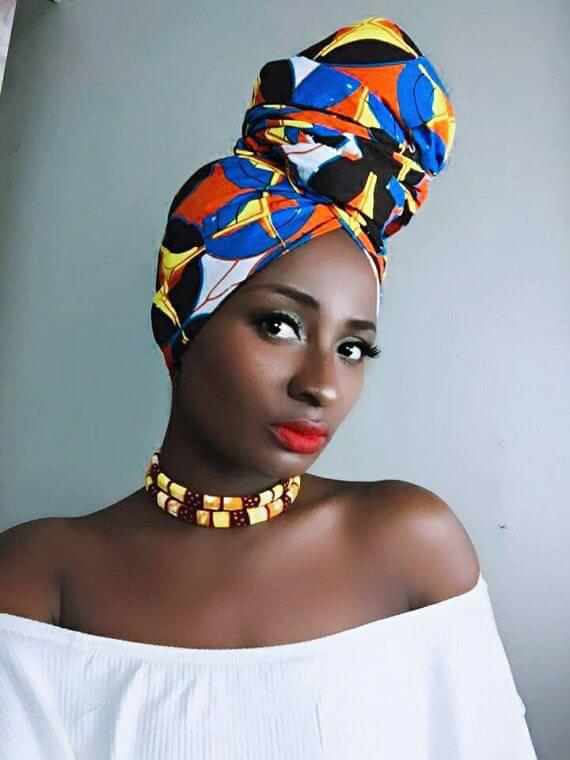
The Duku is a traditional head wrap worn by Ghanaian women, especially among the Akan ethnic group. Usually made from cotton or wax-printed fabric, the Duku is tied in multiple styles—from simple knots to towering loops. It represents modesty, respect, and sometimes marital status, and is a staple for church services and formal gatherings.
3. Tukwi – Zimbabwe (Ndebele)
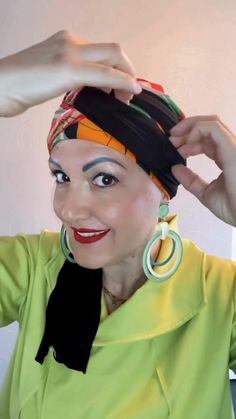
Worn by Ndebele women of Zimbabwe, the Tukwi is a decorative head wrap that complements their iconic, colorful beaded neck rings and garments. Often tied tightly and neatly, it reflects discipline, cultural pride, and the transition into womanhood.
4. Dhuku – Zambia and Malawi
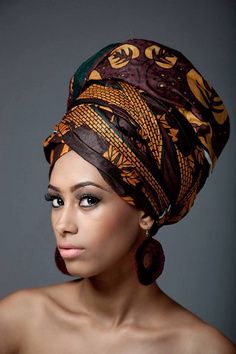
Also known as Chitenge head wrap, the Dhuku is popular in Zambia and Malawi. Made from vibrant African print fabrics, it’s tied casually for everyday wear or more intricately for special events. The wrap doubles as a symbol of femininity, resilience, and heritage, passed from mothers to daughters through generations.
5. Isicholo – South Africa (Zulu)
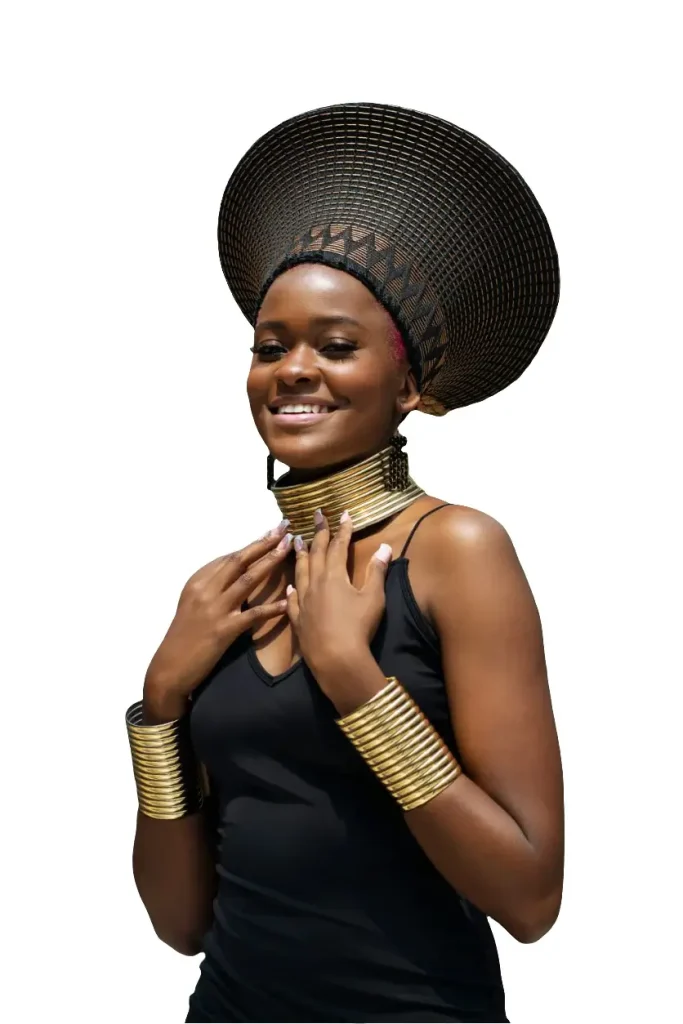
Inspired by the traditional married women’s hat, the Isicholo wrap mimics the broad, disc-like shape worn during Zulu weddings. While the original was made from woven grass, modern versions are replicated in fabric for ease. It symbolizes marital status and cultural continuity in Zulu tradition.
6. Moussor – Senegal and West Africa
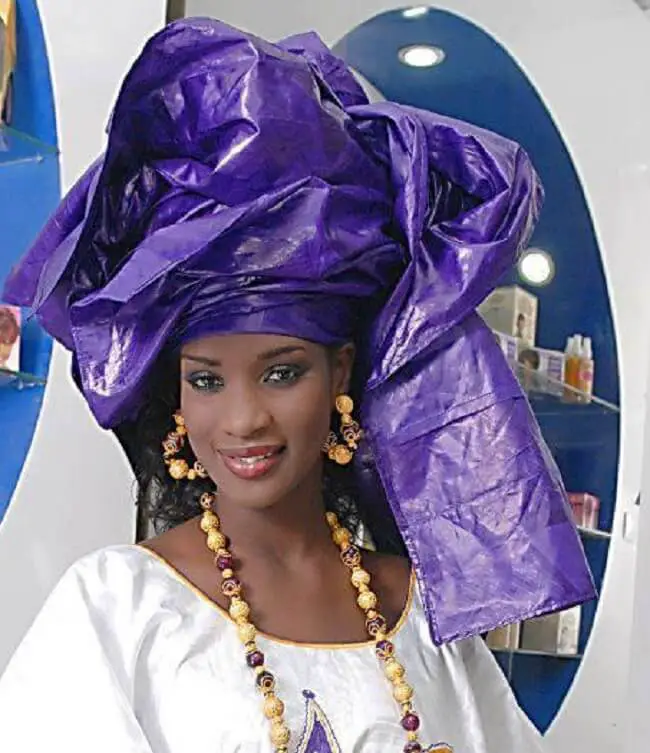
Worn high and proud, the Moussor is a vibrant head wrap embraced by women in Senegal, particularly among the Wolof and Serer. Often crafted from wax print fabric, it crowns the head with elegance. Beyond fashion, it signifies womanhood, respectability, and cultural identity.
7. Tignon – Senegal and Louisiana (Creole)
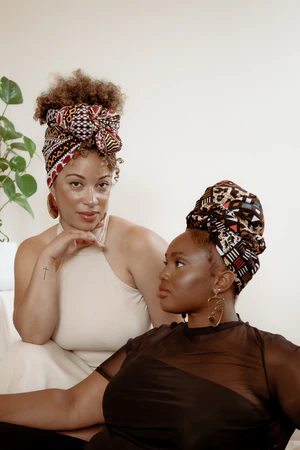
The Tignon traces its roots to Senegal and later to Louisiana’s Creole culture. Originally used to comply with colonial head covering laws, it evolved into a symbol of resistance and style. Women wore richly colored cloths tied in elaborate styles, turning repression into regal expression.
8. Mushanana Wrap – Rwanda and Burundi
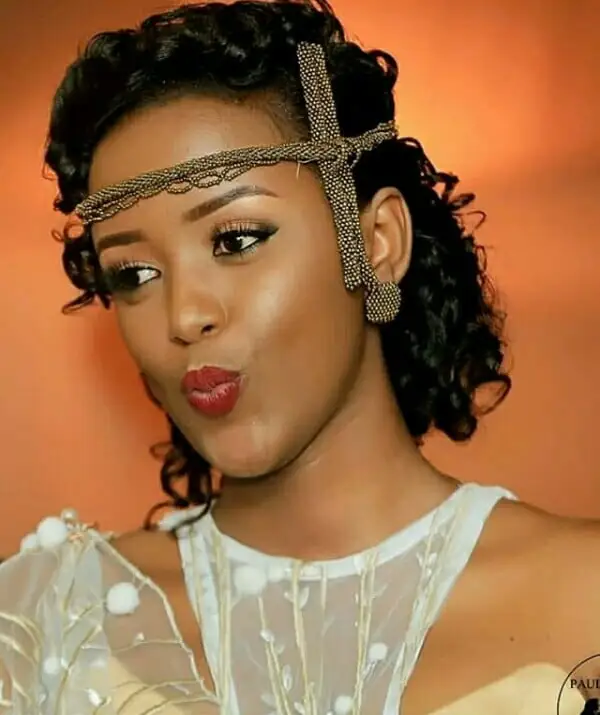
Worn as part of the traditional Mushanana attire, the wrap in Rwanda and Burundi is often delicately draped over one shoulder and around the head. Usually made from light chiffon or silk, it exudes grace and modesty, and is typically seen at weddings and official ceremonies.
9. Herero Hat – Namibia
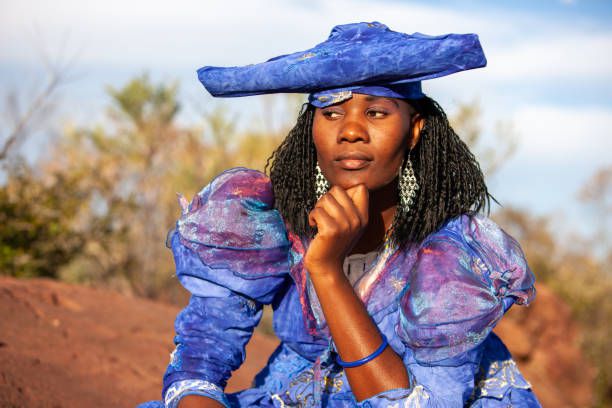
Inspired by 19th-century Victorian bonnets, the Herero Hat is a horn-shaped headpiece worn by Herero women in Namibia. Made from matching fabric to their voluminous dresses, the shape pays homage to ancestral cattle and stands as a cultural expression of strength and resilience.
10. Kilemba – Democratic Republic of Congo

The Kilemba is a large, artistic head wrap often worn by women in the DRC and neighboring countries. It is typically styled high with folds and pleats, symbolizing beauty and confidence. Paired with traditional pagnes, the Kilemba is a powerful expression of femininity.
11. Turban (Tuareg Style) – Niger and Mali
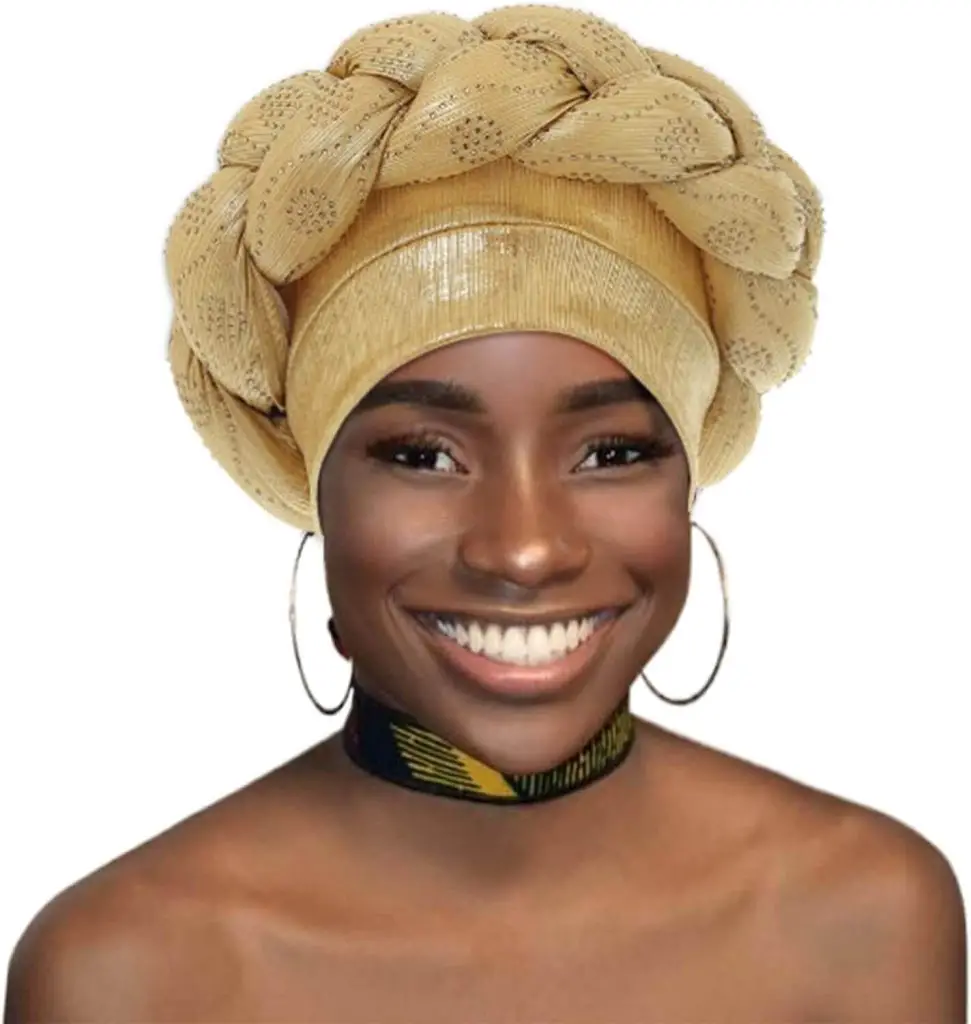
Among Tuareg nomads of the Sahara, the turban or tagelmust serves both fashion and function. For men, the indigo-dyed cloth protects from the desert sun and dust while maintaining an aura of mystery and honor. It is an essential part of Tuareg identity and masculinity.
12. Kitenge Wrap – East and Central Africa
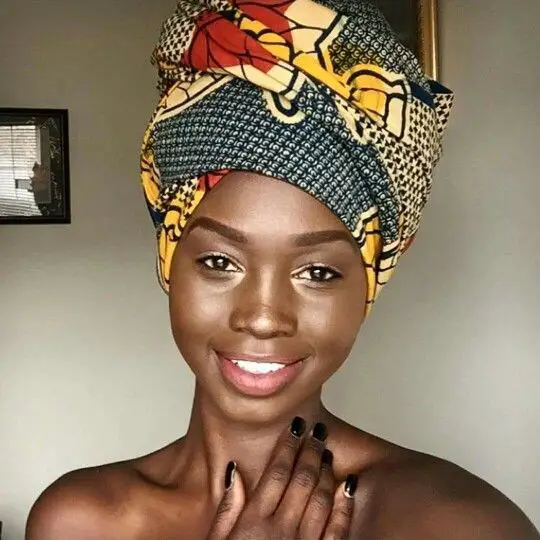
Often made from brightly printed cotton known as kitenge, this wrap is versatile and worn across countries like Kenya, Uganda, and Congo. Its bold patterns make it a fashion-forward choice, especially when matched with coordinated dresses or skirts.
13. Shweshwe Wrap – South Africa (Xhosa and Sotho)
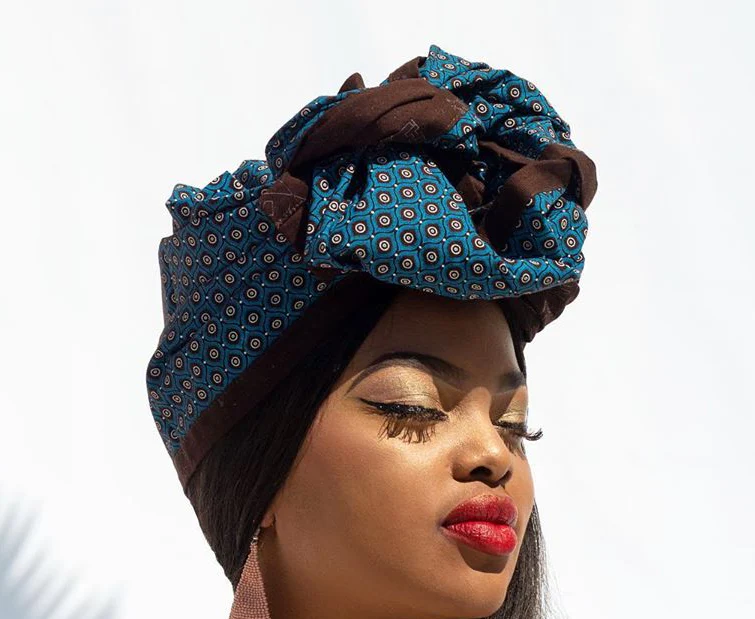
Shweshwe fabric, with its distinctive patterns, is commonly used for stylish head wraps among Xhosa and Sotho women. Whether worn casually or styled for traditional ceremonies, the wrap celebrates local textile artistry and African femininity.
14. Chador Wrap – North Africa (Maghreb)
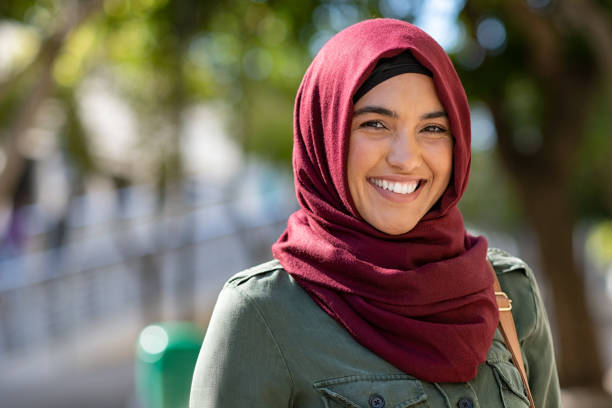
Similar to the hijab, the chador in North Africa is a modest head covering worn by Berber and Arab women. Often draped loosely over the head and shoulders, it reflects Islamic customs while embracing regional fabrics and embroidery.
15 Fulani Head Wrap – West Africa (Guinea, Senegal, Mali)
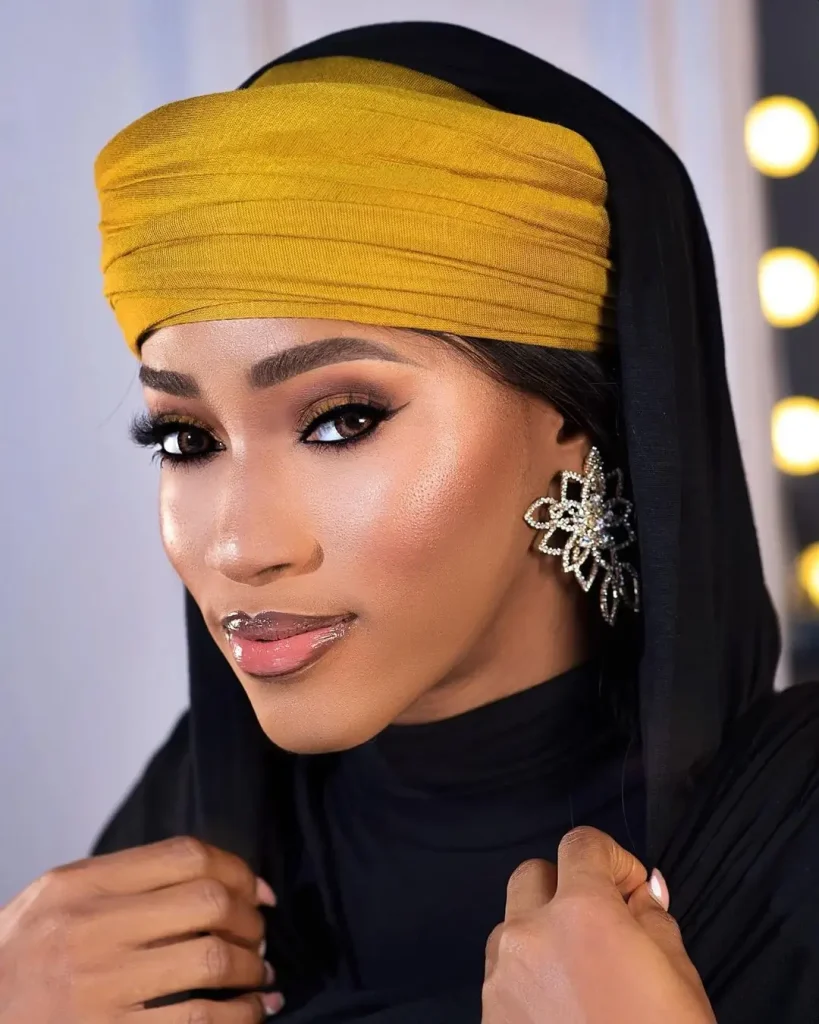
Fulani women are known for their refined beauty and often wear long, thin wraps around the head with exposed ends trailing down the back. Paired with intricate jewelry and traditional dresses, it reflects grace, nomadic elegance, and Fulani cultural identity.
